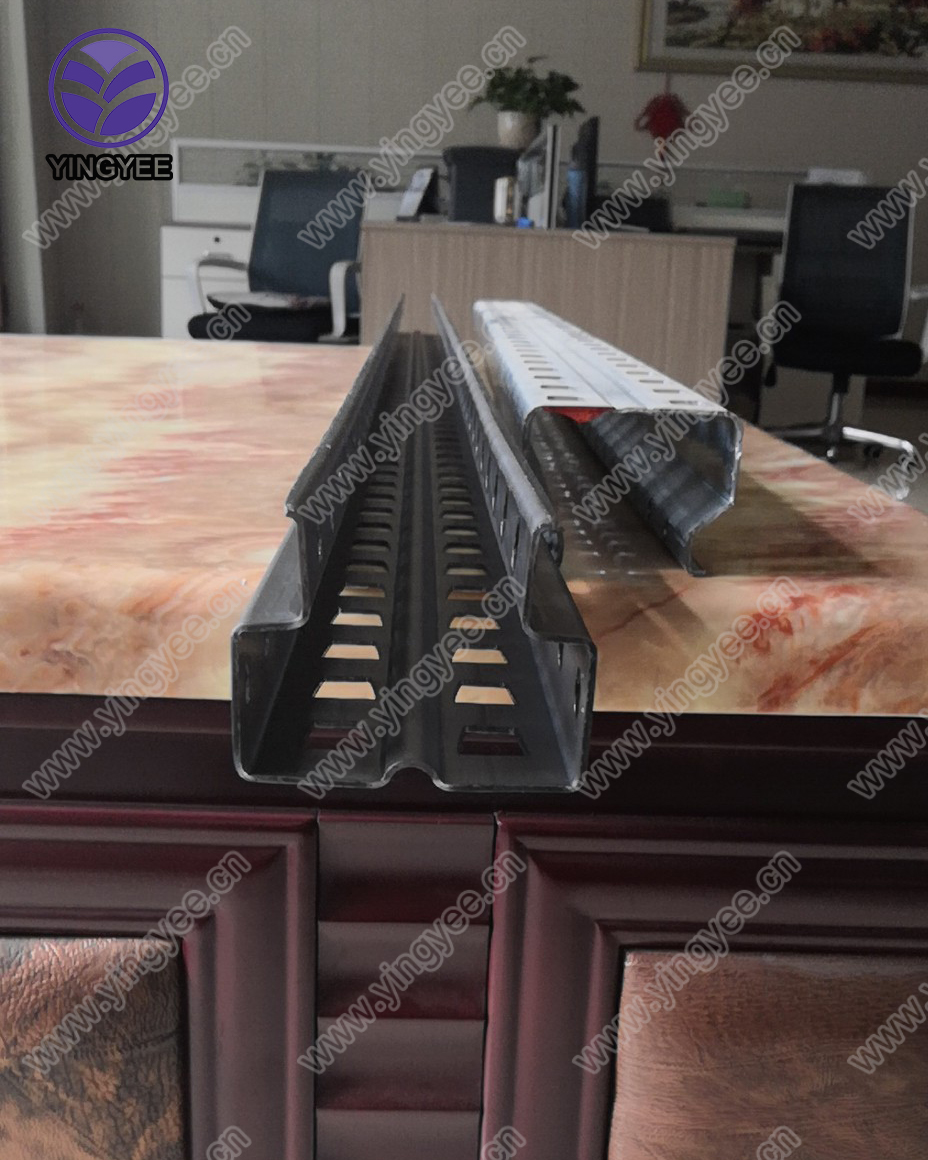
Mould Cutting Downpipe Roll Forming Machine A Key to Efficient Manufacturing
In the modern manufacturing landscape, the increasingly competitive marketplace demands innovative solutions that enhance efficiency and reduce production costs. One such solution is the mould cutting downpipe roll forming machine. This specialized machinery plays a critical role in the production of downpipes, which are essential components in drainage and plumbing systems, guiding rainwater from roofs to ground level. This article explores the functionalities, advantages, and applications of mould cutting downpipe roll forming machines.
Understanding the Roll Forming Process
The roll forming process involves the continuous bending of a strip of metal into a desired cross-sectional shape. This is achieved by passing the metal strip through a series of rollers that progressively shape the material. Mould cutting downpipe roll forming machines are specifically designed to create downpipes with varying shapes and sizes, catering to the diverse needs of construction projects.
The machine typically comprises several key components, including a decoiler, roll forming mill, cutting system, and control system. The decoiler is responsible for unwinding the metal coil, often made of galvanized steel, aluminum, or stainless steel. As the metal strip moves through the roll forming mill, it undergoes a series of die passes, where its profile is shaped incrementally. Once it reaches the desired length, the cutting system (often a flying cut or a hydraulic cutter) is triggered to achieve precise lengths of downpipe.
Advantages of Mould Cutting Downpipe Roll Forming Machines
1. Efficiency One of the primary advantages of mould cutting downpipe roll forming machines is their ability to produce high volumes of downpipes at a rapid pace. This efficiency significantly reduces labor costs and shortens production times, allowing manufacturers to meet tight deadlines and demand fluctuations.
2. Precision With advanced automation and digital controls, these machines ensure high levels of precision in both the shape of the downpipe and the cutting length. This minimizes waste and ensures that every produced item meets quality standards.

3. Versatility Mould cutting downpipe roll forming machines can be easily adjusted to produce downpipes of various shapes and sizes, including round, square, and rectangular profiles. This versatility allows manufacturers to cater to a wide range of construction needs and preferences.
4. Material Savings The roll forming process is characterized by minimal material waste, as the machine can utilize metal sheets almost entirely without offcuts. Furthermore, the ability to work with various materials also allows manufacturers to choose the most cost-effective option for their needs.
5. Durability Downpipes made using roll forming techniques are typically stronger and more durable than those formed using traditional methods, thanks to the uniform material thickness and structural integrity ensured by the process.
Applications of Mould Cutting Downpipe Roll Forming Machines
The applications of mould cutting downpipe roll forming machines are diverse and extensive. These machines are widely used in the construction industry to produce various types of downpipes that integrate seamlessly into different architectural designs. From residential buildings to commercial complexes, downpipes are crucial for effective water management, preventing water damage and ensuring the longevity of structures.
Apart from standard residential and commercial uses, these machines also find applications in manufacturing specialized downpipes for industrial use, including those designed to handle corrosive or high-temperature environments. As sustainability becomes a focal point in construction, many manufacturers are turning to environmentally friendly materials, and the roll forming process allows for the use of recycled metals without compromising quality.
Conclusion
In summary, mould cutting downpipe roll forming machines are a formidable asset in the manufacturing sector, providing efficiency, precision, and adaptability to changing market demands. As the importance of effective water management systems continues to grow, the reliance on high-quality downpipes produced via advanced roll forming techniques is set to increase. For manufacturers looking to enhance their production capabilities while maintaining quality and sustainability, investing in mould cutting downpipe roll forming machines is a strategic move that promises significant returns. The future of construction lies largely in the adoption of such innovative technologies, ensuring that projects are not only built efficiently but also built to last.